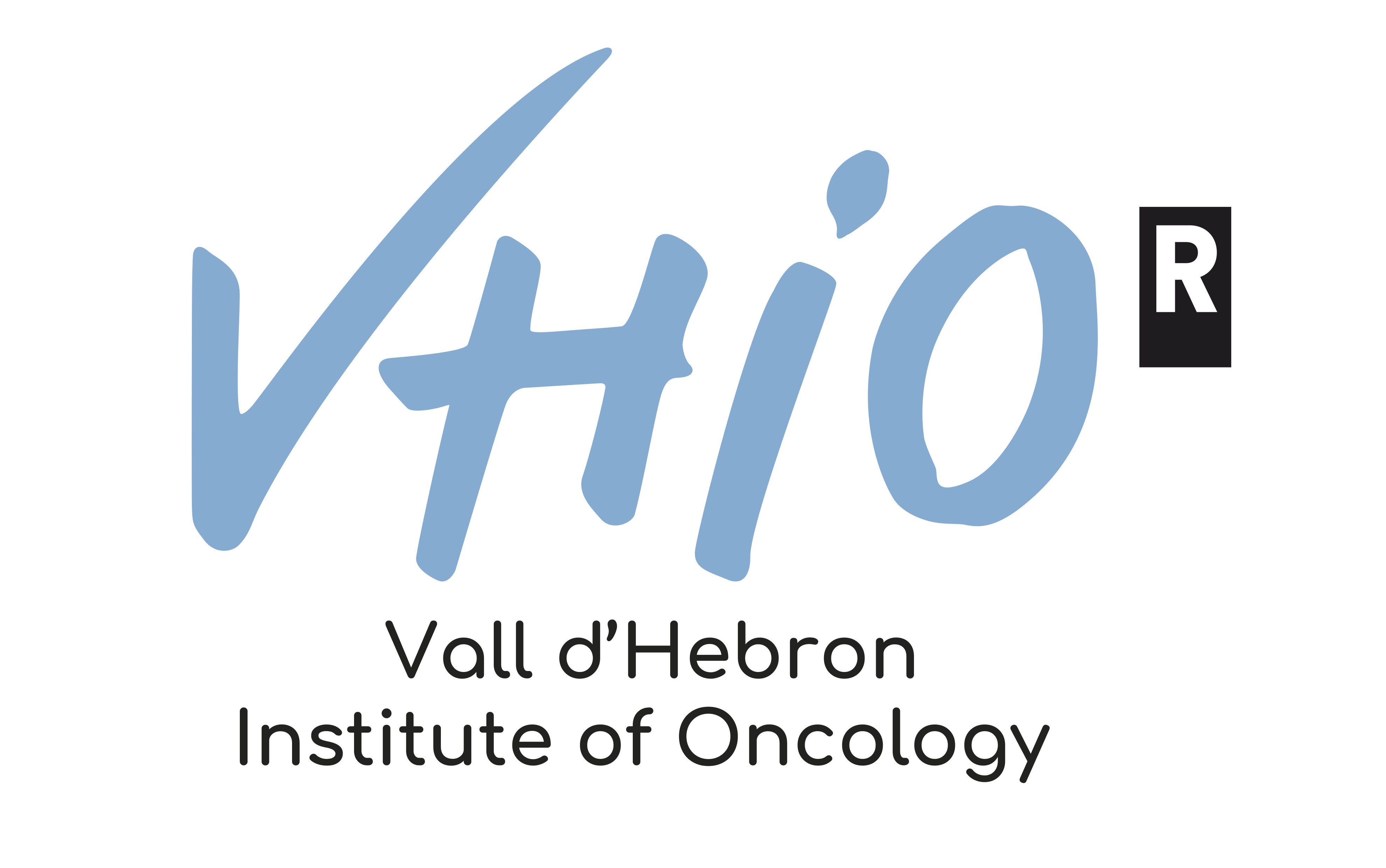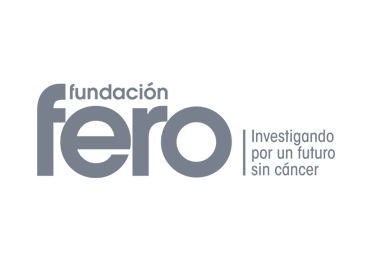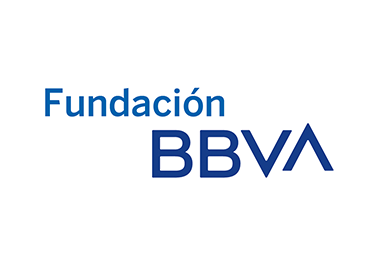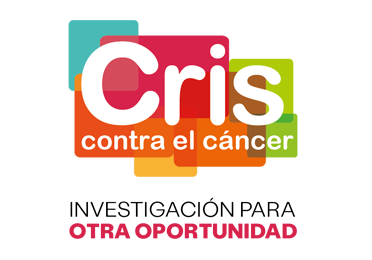
*Source: EurOPDX Consortium
Barcelona, January 8, 2021.- Cancer is one of the major causes of death in Europe. Therefore identification, validation and optimisation of therapeutic strategies to improve survival and quality of life of cancer patients still represent a major public health challenge. Before they can be evaluated in the frame of clinical trials in patients, new therapeutic strategies need to be carefully tested in preclinical cancer models. In the panel of available models, patient-derived cancer xenografts (PDXs), developed by transplanting fragments of a patient’s tumour into immunodeficient mice, are increasingly recognised as faithful models. Indeed, PDXs have been shown by multiple studies to keep the characteristics of the original tumours in patients; hence, they can effectively recapitulate the intra-tumour and inter-tumour heterogeneity that typifies human cancer.
PDXs are maintained by subsequent transplantations (or passages) into mice, which obviously share many differences with humans despite a high homology between the two species.
One recent concern has been whether the mouse microenvironment of the transplanted tumour introduces selective pressures that are different from those in humans, causing PDX tumours to adapt and change in ways not found in patients. Members of the EurOPDX Consortium, a multi-institutional research consortium focusing on the improvement and use of PDX models for collaborative cancer research (www.europdx.eu), including the Vall d’Hebron Institute of Oncology (VHIO) in Barcelona, collaborated with the US-based PDXNet Consortium to investigate this further and published this week in Nature Genetics their results on the “Conservation of copy number profiles during engraftment and passaging of patient-derived cancer xenografts”*.
Cancer’s genomic evolution
Recent studies have yielded conflicting conclusions about whether the PDX engraftment process in mouse causes the tumours to evolve, especially in ways that could affect their suitability for testing new potential cancer treatments. One particular concern has been copy number alterations (CNAs). CNAs are genomic disruptions in cells that result in the gain or loss of sections of DNA (and therefore genes), and are prevalent in many types of cancer. As compared to the usual two copies of a particular gene, a gene promoting cell growth and division will be found duplicated in cancers, whereas only one or no functional copy of a protective gene will be found. And as cancers grow and adapt to their microenvironments, they can acquire additional CNAs that affect their adaptability and viability.
To tackle the questions raised by these studies, an international team led by Professor Enzo Medico (University of Torino, Candiolo Cancer Institute FPO-IRCCS, Italy) and Jackson Laboratory (Bar Harbor, ME, USA) Associate Professor Jeffrey Chuang, exhaustively analysed a large number of PDXs and matched patient tumour samples from more than 500 PDX models. In the Nature Genetics article, the team conclusively shows that the differences between the CNA profiles of PDXs and matched patient tumours are generally marginal, randomly distributed and analogous to differences observed between two pieces of the same patient tumour, which means that copy number evolution is not aberrantly driven by the mouse host environment.
Proper ways to analyse complex sequencing data make the difference
Previous studies had used mostly PDX gene expression microarrays as the basis for their conclusions, comparing unmatched cohorts of PDXs and patient tumours. For their analyses, Medico, Chuang and colleagues used four additional sources of data, all from matched patient-tumours and PDXs: single nucleotide polymorphism (SNP) arrays, whole-exome sequencing, whole-genome sequencing, and RNA sequencing. The 1,451 unique PDX samples analysed represent 16 tumour types obtained from American, European and Asian cancer patients. The samples also included 328 that had undergone multiple passages or had varying lineages from initial engraftment in different mice.
“This study is the perfect example of the power of working as a Consortium to integrate PDX collections and data,” says Prof. Enzo Medico, who led the collaboration for the EurOPDX Consortium. “Across the large number of samples gathered thanks to EurOPDX and PDXNet colleagues, and thanks to a joint bioinformatics analysis, we found that the differences in CNAs between samples or between passages were small, and most importantly comparable to differences due to intratumoral heterogeneity in patients. No changes observed were systematically associated with genes specifically related to cancer biology and treatment response.”
Increasing collaborative research using PDXs, for the ultimate benefit of patients
The results of the Nature Genetics article bolster the value of PDXs as representative models for preclinical cancer research. In addition, they illustrate the benefit of joining forces as consortia such as EurOPDX and PDXNet.
In 2018, EurOPDX received a four-year grant from the European Union’s Horizon 2020 programme to build the “EurOPDX Distributed Research infrastructure for Research on patient-derived cancer Xenografts” under the coordination of the University of Torino (EDIReX, grant no. 731105). Thanks to the funding, the consortium has been integrating a distributed collection of approximately 1000 PDX models into its newly developed repository, the EurOPDX Data Portal (https://dataportal.europdx.eu). Also, common standards and procedures have been defined to organise the access to this PDX resource for the European and worldwide research community, through six PDX facilities across Europe or “nodes”. “Several teams at our Institute have been involved in the activities of the EurOPDX Consortium since its inception”, highlights Dr. Violeta Serra, Principal Investigator of VHIO’s Experimental Therapeutics Group and co-author of the Nature Genetics study. “As a leading institution in cancer research in Europe, it is crucial for us to participate by sharing the resources and expertise developed in our laboratories.”
EurOPDX will pursue its collaborative efforts to tackle issues in the field, lower duplication of efforts and produce meaningful and reproducible cancer research data before they can reach patients.
Reference:
* Xing Yi Woo, Jessica Giordano, Anuj Srivastava, Zi-Ming Zhao, Michael W. Lloyd, Roebi de Bruijn, Yun-Suhk Suh, Rajesh Patidar, Li Chen, Sandra Scherer, Matthew H. Bailey, Chieh-Hsiang Yang, Emilio Cortes-Sanchez, Yuanxin Xi, Jing Wang, Jayamanna Wickramasinghe, Andrew V. Kossenkov, Vito W. Rebecca, Hua Sun, R. Jay Mashl, Sherri R. Davies, Ryan Jeon, Christian Frech, Jelena Randjelovic, Jacqueline Rosains, Francesco Galimi, Andrea Bertotti, Adam Lafferty, Alice C. O’Farrell, Elodie Modave, Diether Lambrechts, Petra ter Brugge, Violeta Serra, Elisabetta Marangoni, Rania El Botty, Hyunsoo Kim, Jong-Il Kim, Han-Kwang Yang, Charles Lee, Dennis A. Dean, Brandi Davis-Dusenbery, Yvonne A. Evrard, James H. Doroshow, Alana L. Welm, Bryan E. Welm, Michael T. Lewis, Bingliang Fang, Jack A. Roth, Funda Meric-Bernstam, Meenhard Herlyn, Michael A. Davies, Li Ding, Shunqiang Li, Ramaswamy Govindan, Claudio Isella, Jeffrey A. Moscow, Livio Trusolino, Annette T. Byrne, Jos Jonkers, Carol J. Bult, Enzo Medico*, Jeffrey H. Chuang*, PDXNET consortium & EurOPDX consortium. Conservation of copy number profiles during engraftment and passaging of patient-derived cancer xenografts. Nat Genet 53, 86–99 (2021). https://doi.org/10.1038/s41588-020-00750-6











